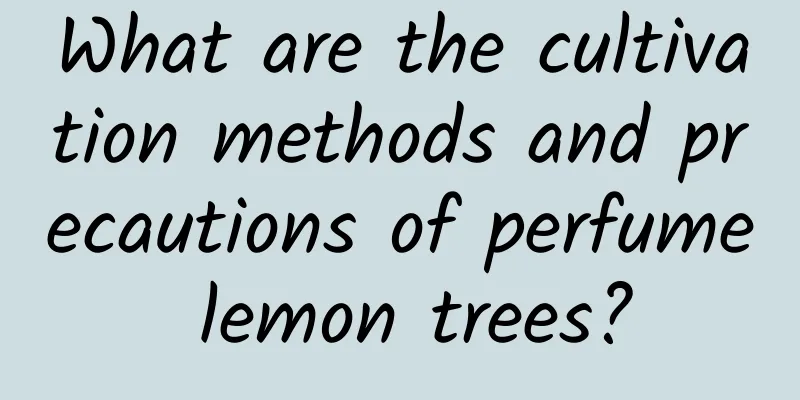How to treat cucumber powdery mildew

1. Symptoms of the diseasePowdery mildew, also known as white hair disease, mainly harms the leaves of cucumber, followed by the petioles and stems, but does not harm the fruit. In the early stages of the disease, there will be white circular powdery spots on the front and back of the leaves, which will then turn into larger white powdery areas and eventually cover the entire leaf. After wiping off the white powder, you will find that the leaves become withered, yellow and brittle. In more severe cases, the leaves will turn gray and the entire leaf will die. This disease affects the photosynthesis of the leaves, interferes with metabolism, and thus inhibits the growth of the plant. 2. CausesThere are many possibilities that may cause powdery mildew on cucumbers. For example, if the planting density is too high and the plants have poor ventilation and light transmission, it is easy for fungi to grow. It may also be due to the heavy stickiness of the soil and insufficient fertility, which leads to reduced disease resistance of the plant. In addition, if the fertilizer is not fully decomposed, it can also cause disease. It is also prone to disease if it grows in a warm and dry climate with insufficient light, or in a long period of dryness after continuous rain. 3. Treatment MethodsIn the early stages of the disease, you can use Kaiser dry suspension, Cuibei dry suspension, Shigao water-dispersible granules, Luying emulsifiable concentrate and other agents to make a solution for spraying. Mainly spray on the affected area, generally once every 7 days, and it can be cured by spraying 2-3 times in a row. In addition to these agents, fumigation treatment can also be carried out with chlorothalonil or chlorpyrifos smoke, usually in the evening. 4. How to preventIf you want to prevent it, you must first choose the right variety. Some disease-resistant varieties have strong resistance to this disease. In addition, it is necessary to control the planting density, do a good job of drainage, regularly check and remove old and diseased leaves, pay attention to increasing light transmission and ventilation, and appropriately supplement phosphorus and potassium fertilizers to provide disease resistance. |
<<: The difference between cucumber and cucumber, cucumber picture
Recommend
What are the cultivation methods and precautions of Polygonum multiflorum
How to grow pine The suitable growth temperature ...
Does camellia need to be fertilized after it blooms (what fertilizer is best to apply when the buds turn red before blooming)
Do you need to fertilize flowers after they bloom...
When to prune Christmas cactus
1. Pruning time 1. Pruning after flowering: In th...
When are bananas harvested? Harvest season and time
Banana harvest time Bananas generally mature from...
How to save the green basket when it wilts
1. Increase lighting Although the green radish is...
How to transplant cherry trees in winter
1. Dig out the tree Dig out the tree with its roo...
What flowers are suitable for growing in Sanya? What are the city flowers and trees?
1. Climate characteristics of Sanya Sanya has a t...
How to propagate green jade tree
Green Jade Tree Reproduction Method When propagat...
How many kilograms can red onions be produced per acre?
Red onion yield per mu Under normal circumstances...
How to water the rich coconut
1. How to water when planting It is generally rec...
"Azalea" is not easy to grow. If you don't pay attention to these "4 points", the flowers will wither and the leaves will fall.
soil Azalea plants like acidity, so when choosing...
Lavender cultivation methods and precautions
1. Soil Lavender is suitable for growing in neutr...
What to do if the tips of Jianlan leaves turn yellow
1. Reduce light Reason: Jianlan cannot be exposed...
How long is the growth cycle of red pine?
Growth cycle of red pine Under normal circumstanc...
How to water mountain roses
Tips for watering mountain roses Mountain rose do...









